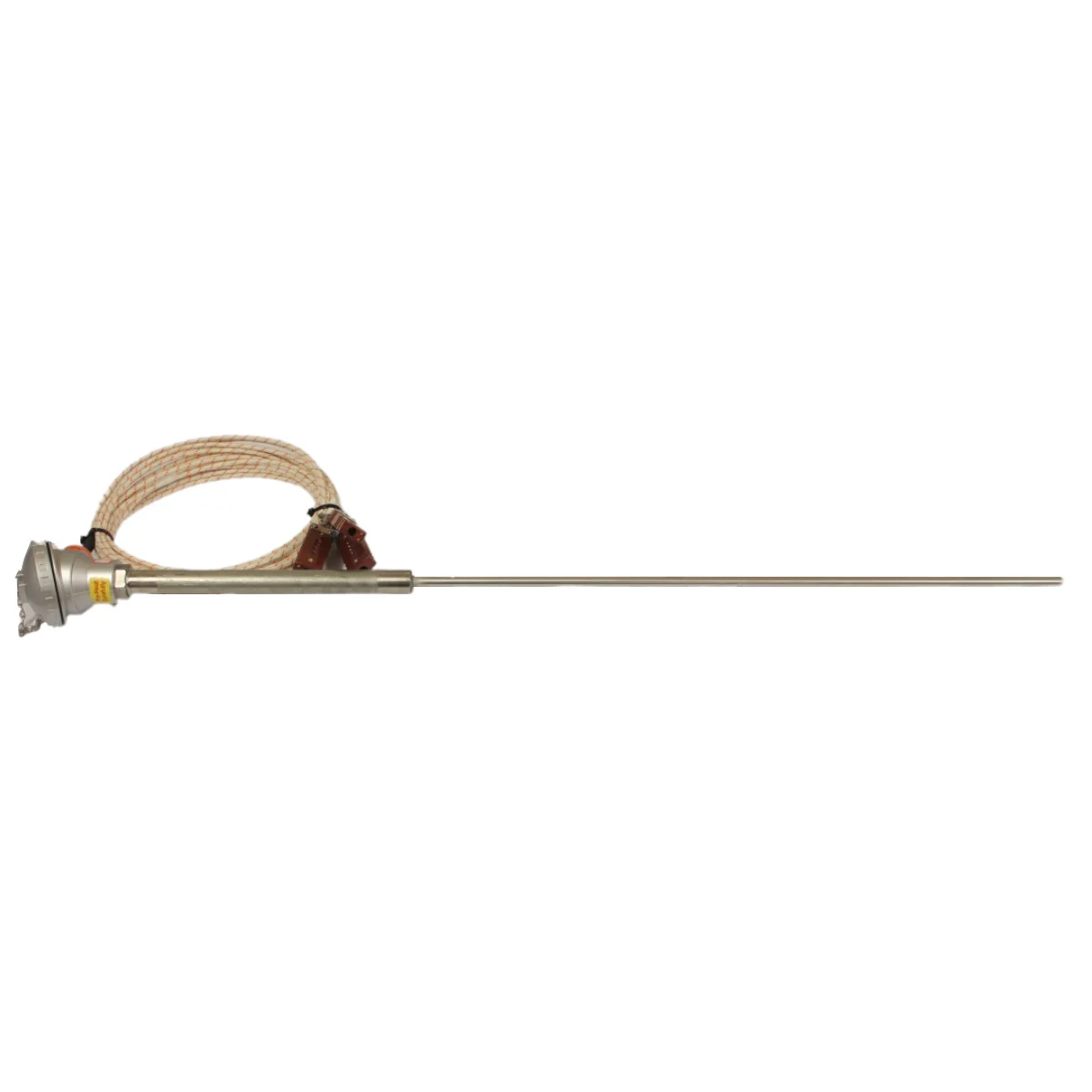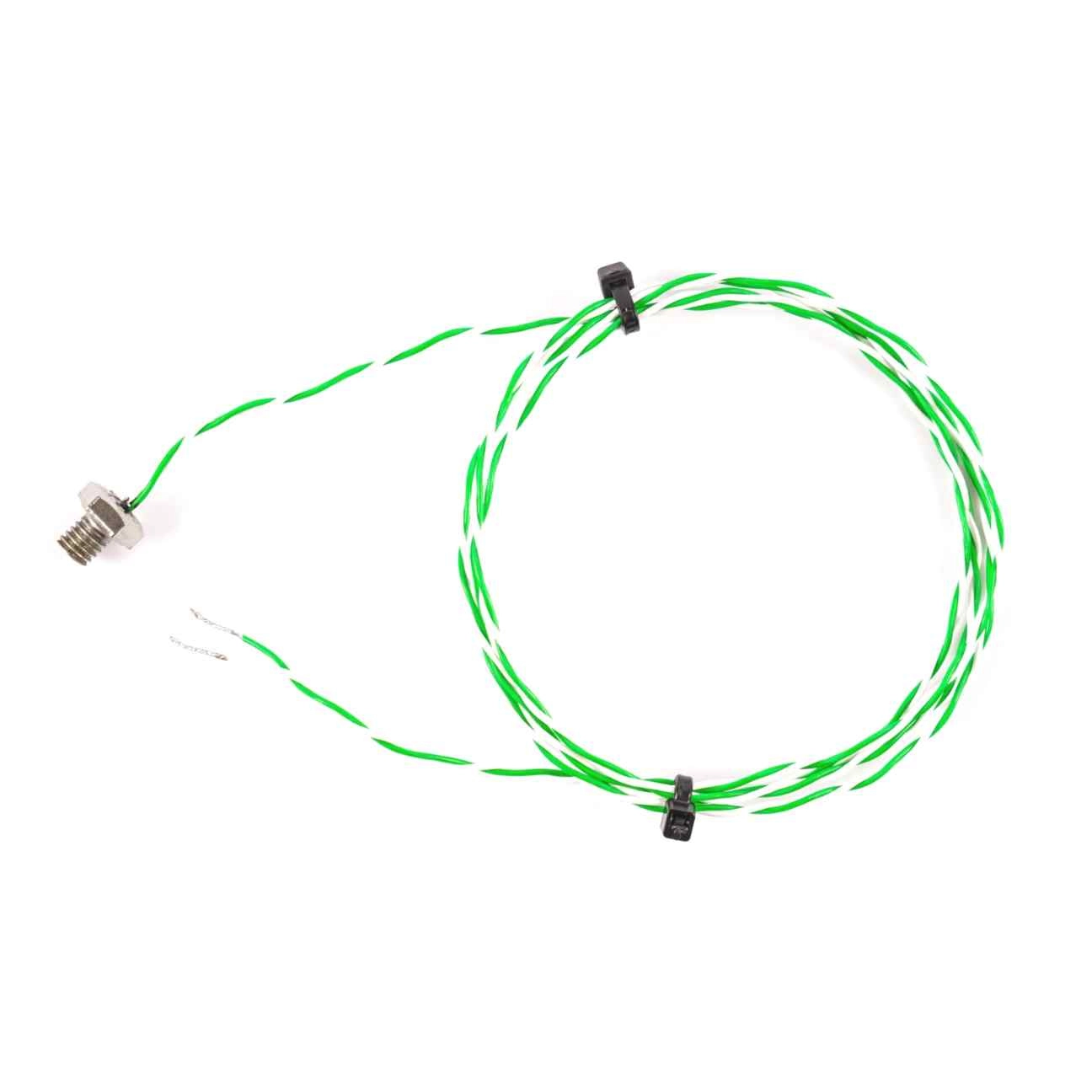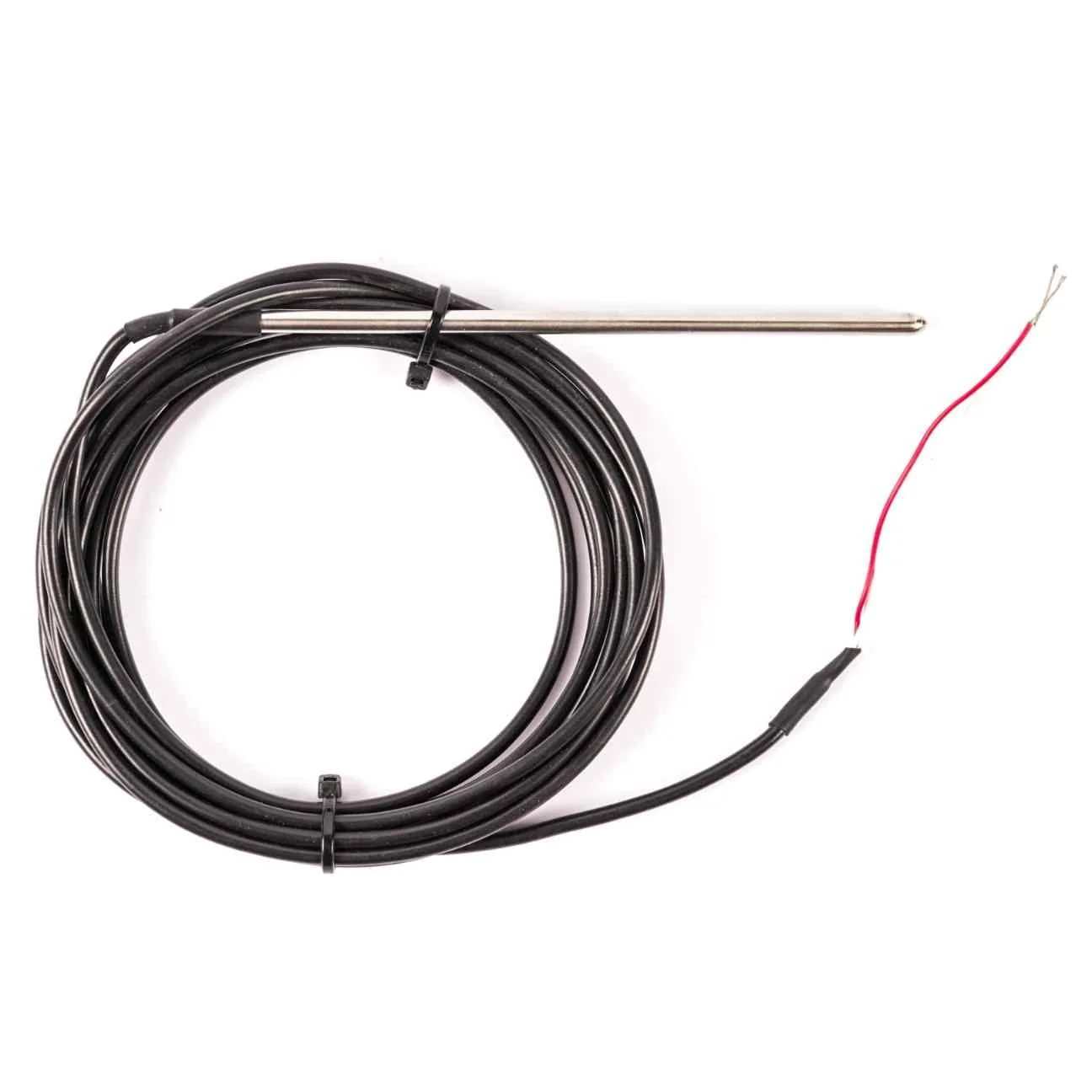What Is Celsius (Centigrade)?
TL;DR – Quick Summary
Celsius (°C), also known as Centigrade, is a temperature scale where:
- 0°C = Melting point of pure water at sea level.
- 100°C = Boiling point of pure water at sea level.
It was created by Swedish astronomer Anders Celsius in 1742 and is widely used across the world in science, engineering, and daily life.
Introduction
The Celsius scale is one of the most common temperature measurement systems used today, especially outside of the United States. Scientists, engineers, and everyday users rely on it for its logical reference points and ease of conversion to other scales.
History of the Celsius Scale
The scale was introduced by Anders Celsius, a Swedish astronomer, in 1742.
Originally, he set 0°C as the boiling point of water and 100°C as its freezing point, but this was later reversed to the format we use today.
Defining Points on the Celsius Scale
Under standard atmospheric pressure (1 atmosphere or 101.325 kPa):
- 0°C – Melting point of pure ice.
- 100°C – Boiling point of pure water.
These fixed points make Celsius practical for both everyday weather readings and precise laboratory measurements.
Celsius vs Centigrade – Are They the Same?
Yes. “Centigrade” means “divided into 100 parts” and refers to the 100-degree separation between freezing and boiling points of water. The term “Celsius” became the official name in 1948 to avoid confusion with other uses of “centigrade”.
Other Temperature Scales
While Celsius is widely used, other scales include:
- Fahrenheit (°F) – Common in the United States.
- Kelvin (K) – Used in science; absolute zero starts at 0 K.
- Réaumur (°Re) – Historical scale, rarely used.
- Rømer (°Rø) – Historical Danish scale.
Applications of Celsius
- Weather reporting
- Industrial process control
- Cooking and food safety
- Laboratory and research measurements
- Engineering design and testing
FAQ – Frequently Asked Questions
Q1: Why is Celsius used instead of Fahrenheit in most countries?
Celsius is simpler for scientific and engineering work, with a base-10 structure aligned to the metric system.
Q2: How do you convert Celsius to Fahrenheit?
Use: °F = (°C × 9/5) + 32.
Q3: How do you convert Celsius to Kelvin?
Use: K = °C + 273.15.
Q4: Is 0°C always the freezing point of water?
Only under standard atmospheric pressure; changes in pressure can shift freezing and boiling points.




